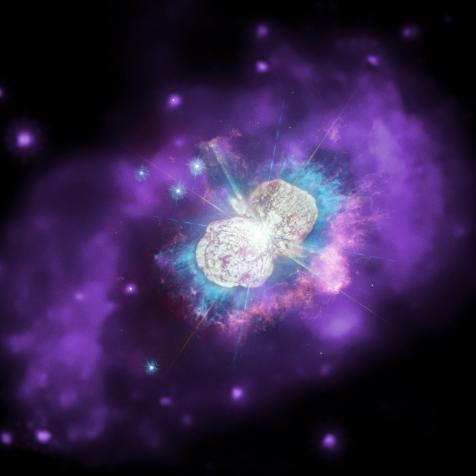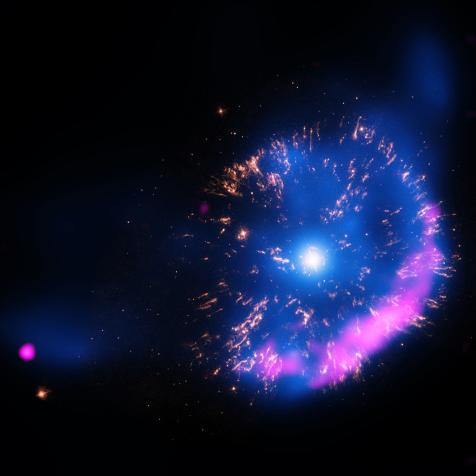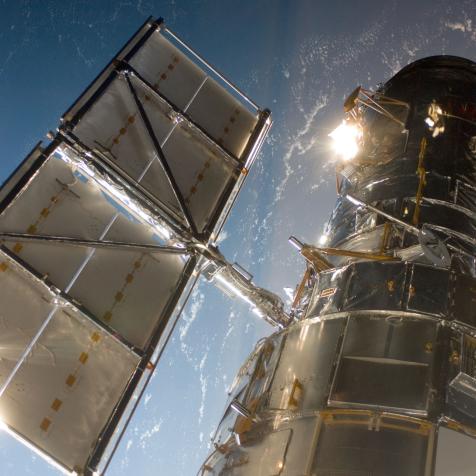
Marvin Coloma / EyeEm
The Night Sky is Part of Our Natural Environment

Most people in the United States have lost access to the night sky. This may not be a surprise to you if you’re living in a major metropolitan area. Perhaps you can pick out some of the brightest stars or a few planets on a clear night, but that’s it.
Participate in International Dark Sky Week, April 22–30; their mission is to reduce light pollution and bring better lighting to communities around the world so that all life can thrive.
Even in the suburbs, the skies ain’t what they used to be. There, you can only see the major constellations and only a fraction of the approximately 3,000 stars that are visible to the unaided eye.
To get the purest, most real dark sky, you have to travel into the deepest deserts or most remote mountain reaches, which are relatively inaccessible to most people.
We’ve come to accept the need to preserve large portions of the natural environment, creating national, state, and local parks, wildernesses, and forests in the process. We’ve realized that we can’t just run farms, roads, and cities over everything, else we risk an irreversible collapse of our natural ecosystem.

Tony Rowell
But in all those calculations we’ve ignored the night sky, allowing light pollution to run rampant. That night sky has been a part of human culture since there’s been a human culture, with writings about the stars stretching back to the dawn of history, and monuments like Stonehenge showing us that we’ve cared about the movements of the heavens for millennia before that.
Estimates indicate that future broadband internet satellite launches will increase the average sky brightness by at least 10%, so even dark sky preserves can’t escape the effects. And while reducing that pollution will take concerted, international action, there are many things you can do at home and in your neighborhood to reduce light pollution.

Edwin Remsberg
For instance, you can turn off the lights.
You only need to illuminate the area around your home when you need to, and you only need to light up the parts of it that you need to see. If you have lights that are on throughout the night, consider replacing them with motion-sensing lights. Avoid lights that do anything but point directly towards the ground, and use lights that keep their sides covered.
Any light that leaks to the side or up is a waste of money and energy and contributes to the overall sky brightness and the washing out of the stars.
Streetlights are a vital component of public safety, but often they are poorly designed or installed incorrectly. If you notice in your city that streetlights leak like above them, express your concerns to your local representatives. Many streetlights can be fitted with shields that remove unwanted light.
Lastly, you can visit a registered International Dark Sky Place, and discover for yourself the beauty and majesty of the night sky, and share that passion with as many people as possible.
Dive Deeper into the Cosmos
Journey Through the Cosmos in an All-New Season of How the Universe Works
The new season premieres on Science Channel and streams on discovery+.




















